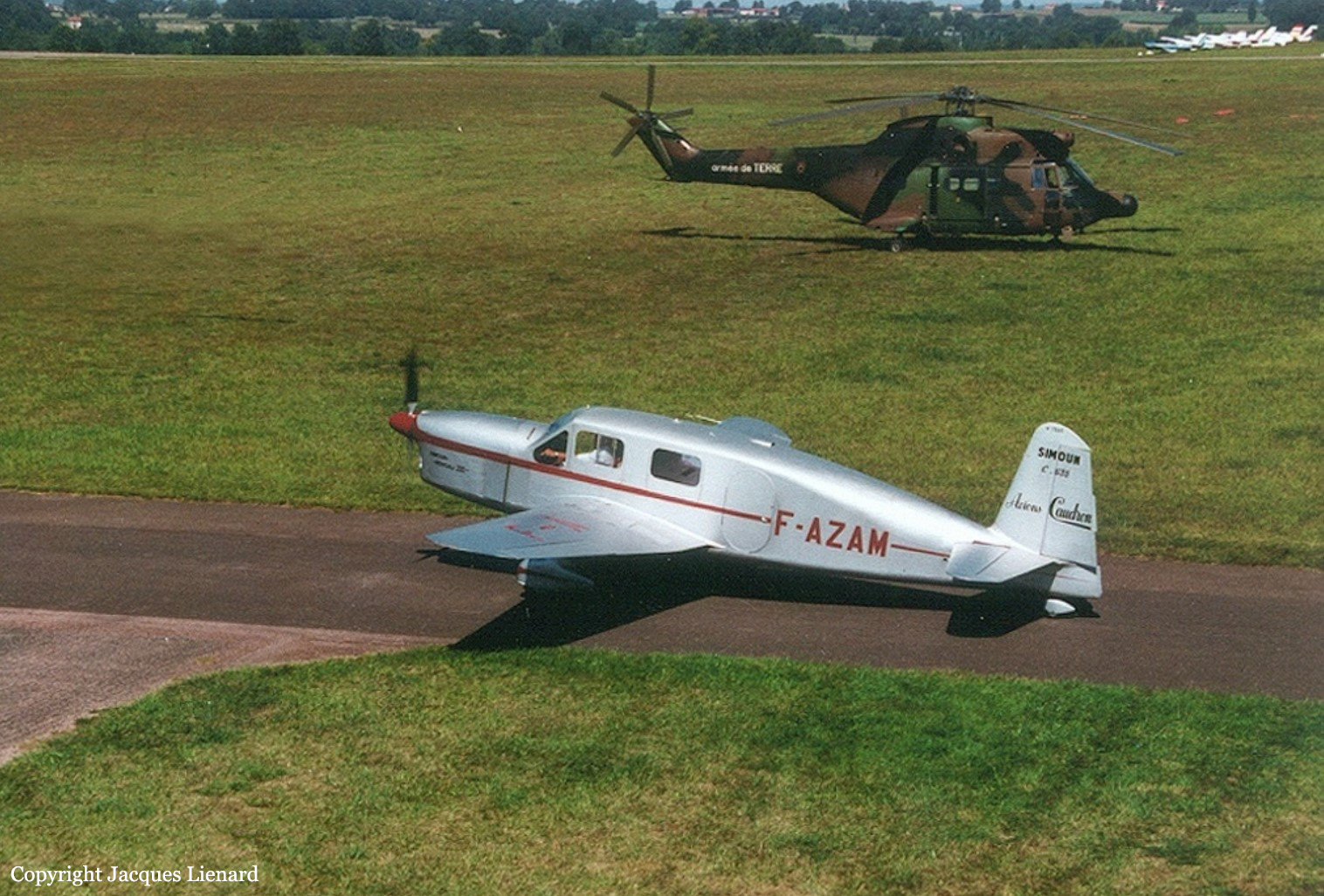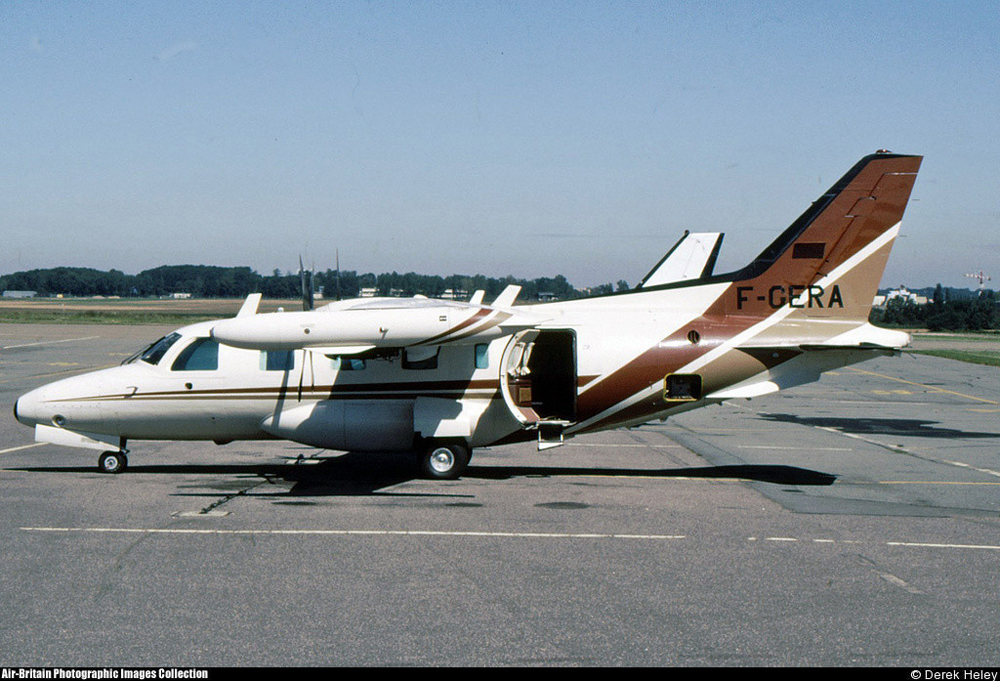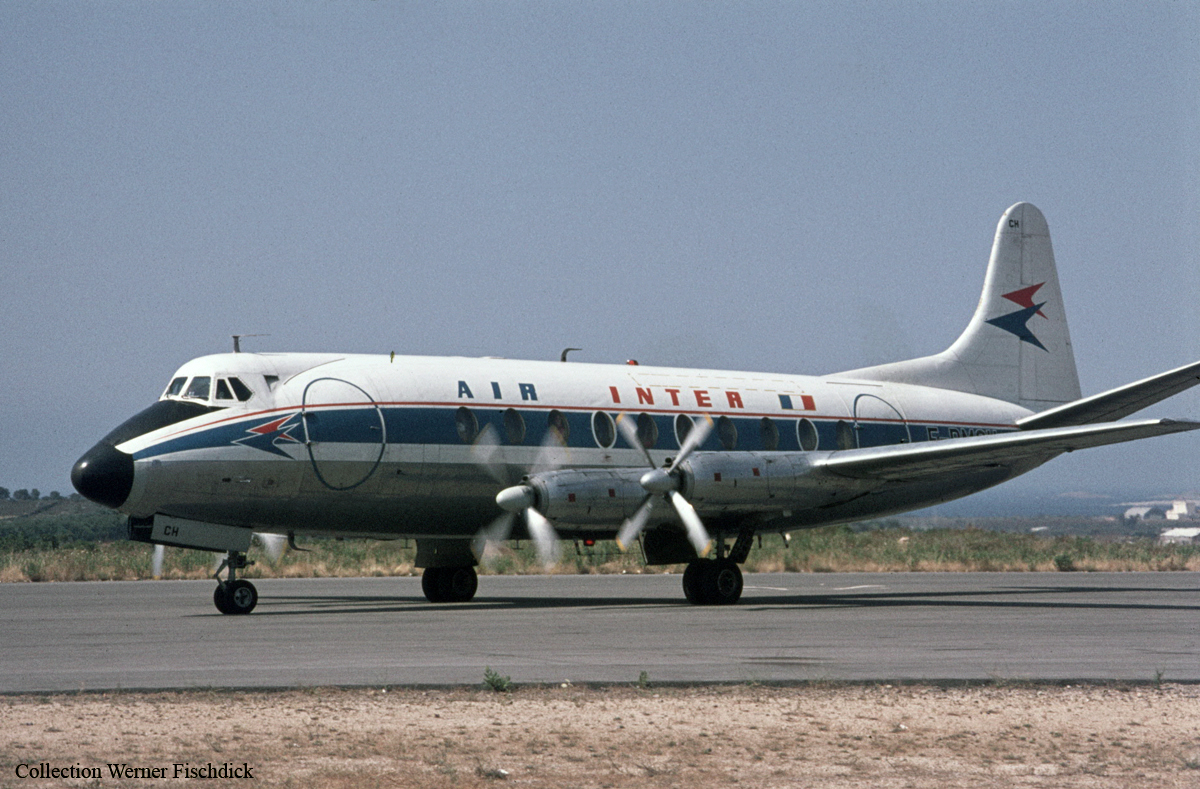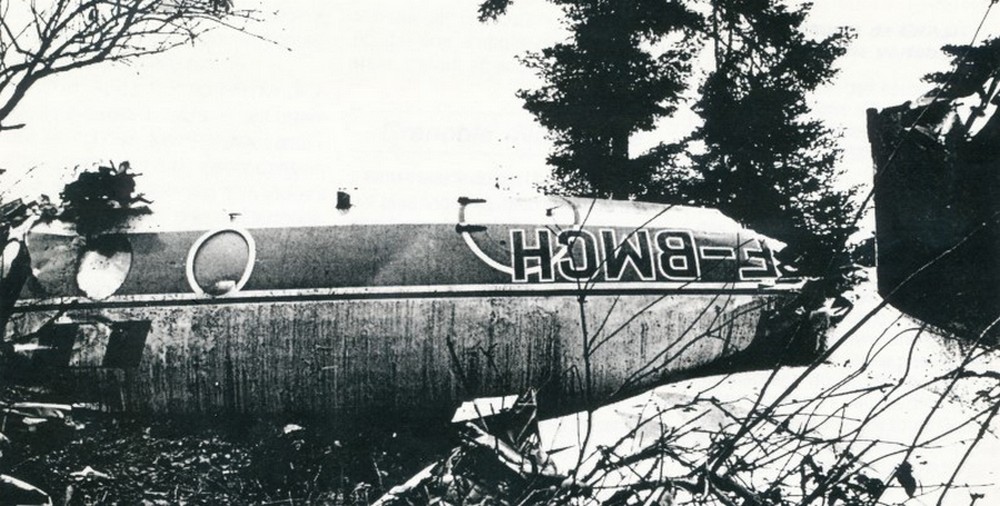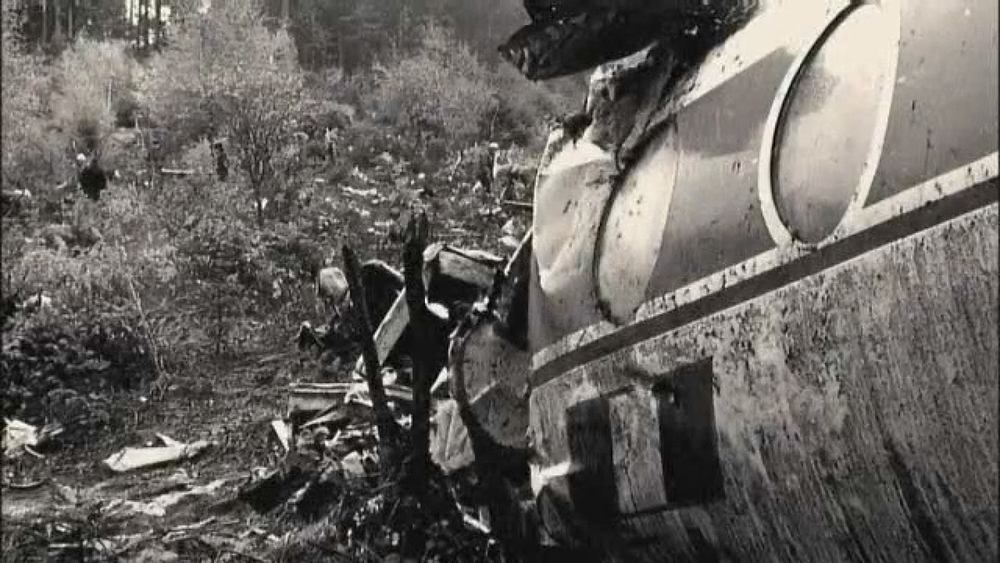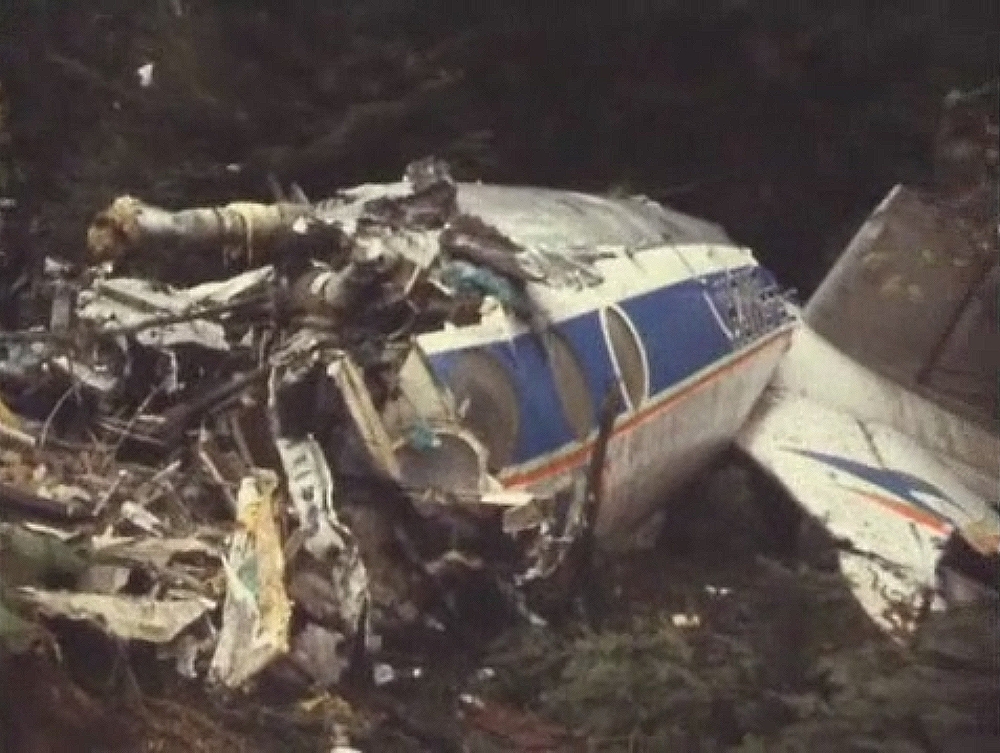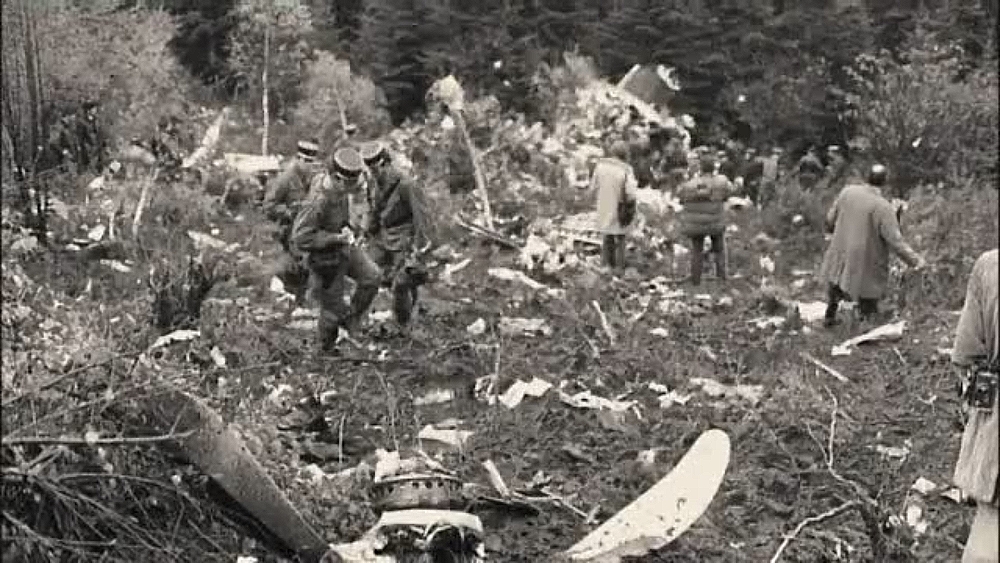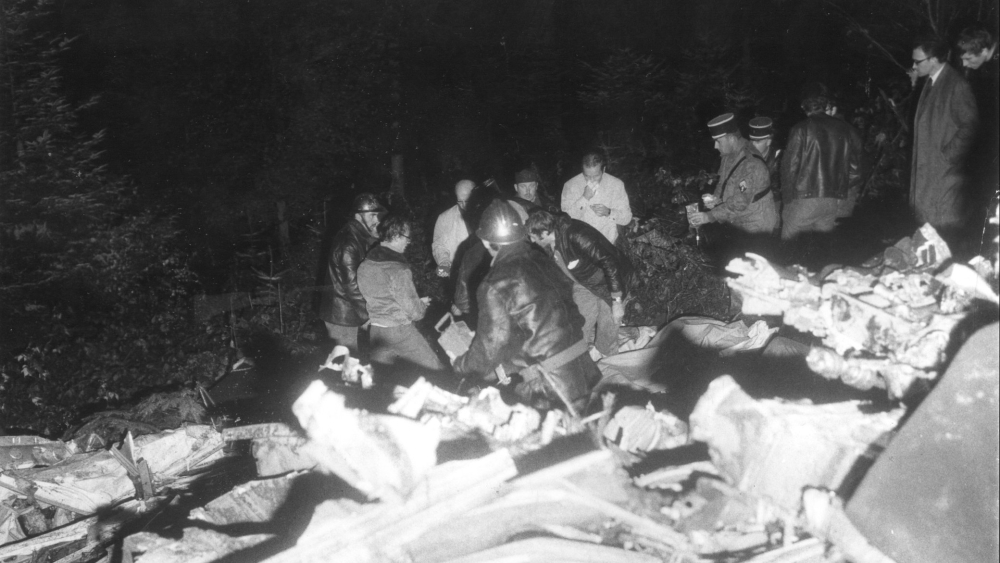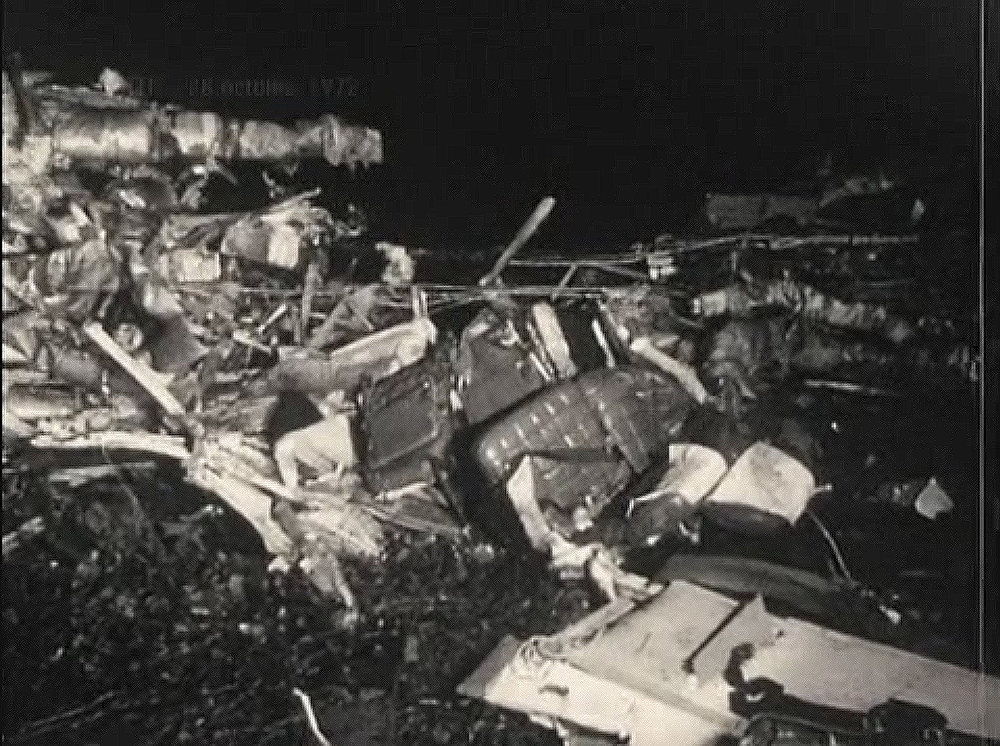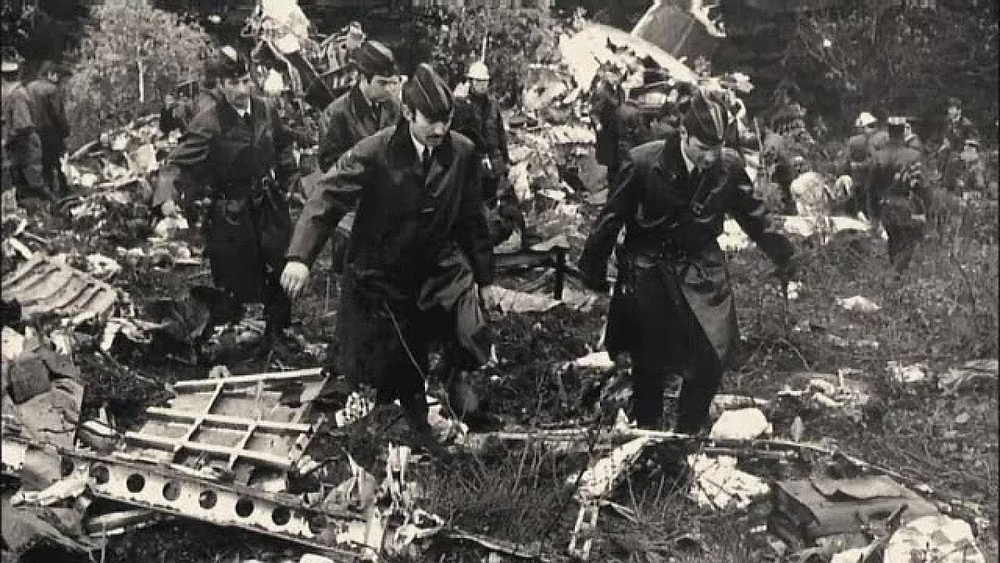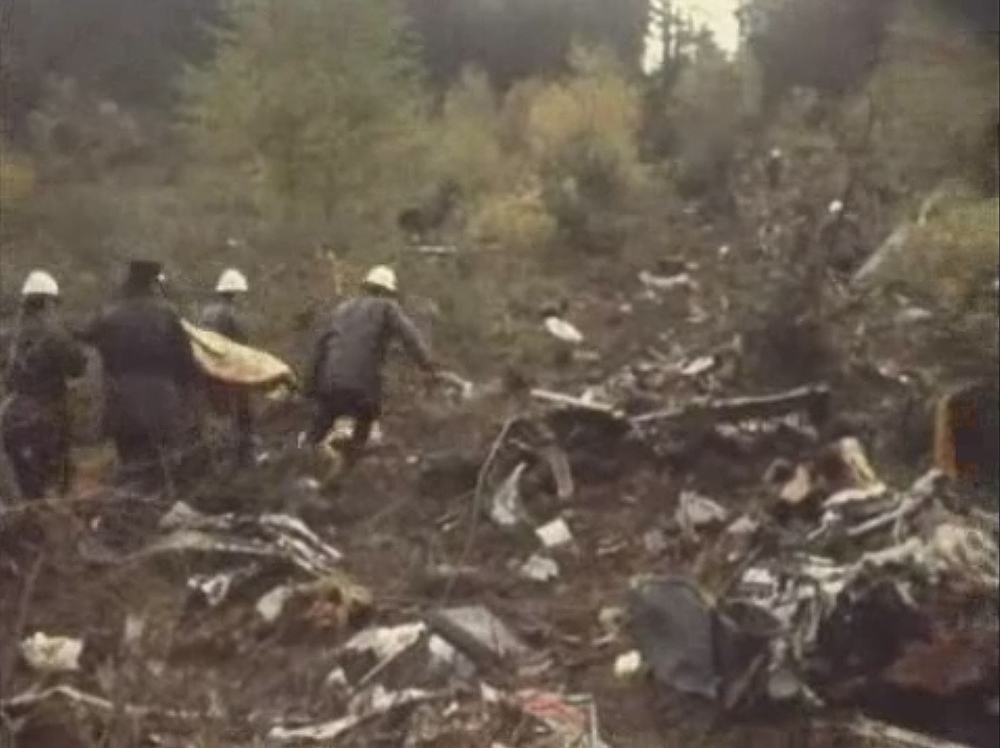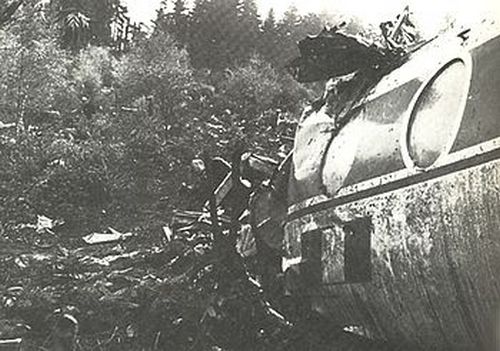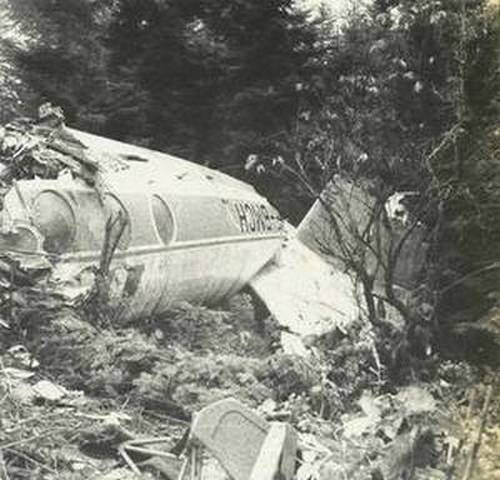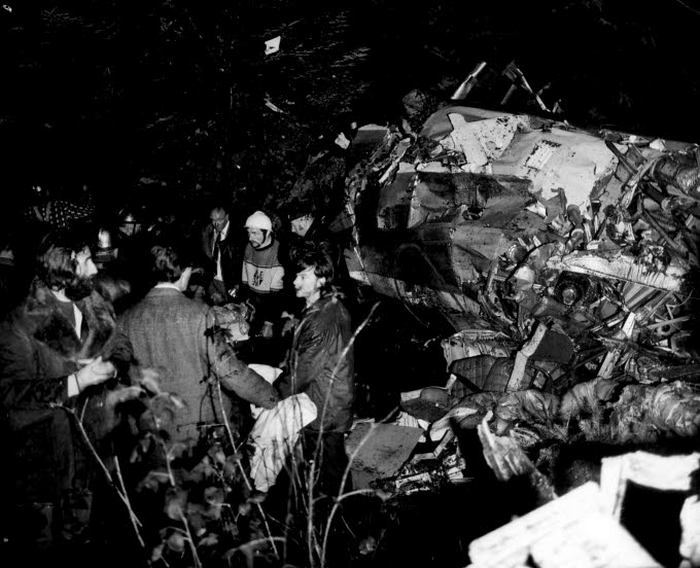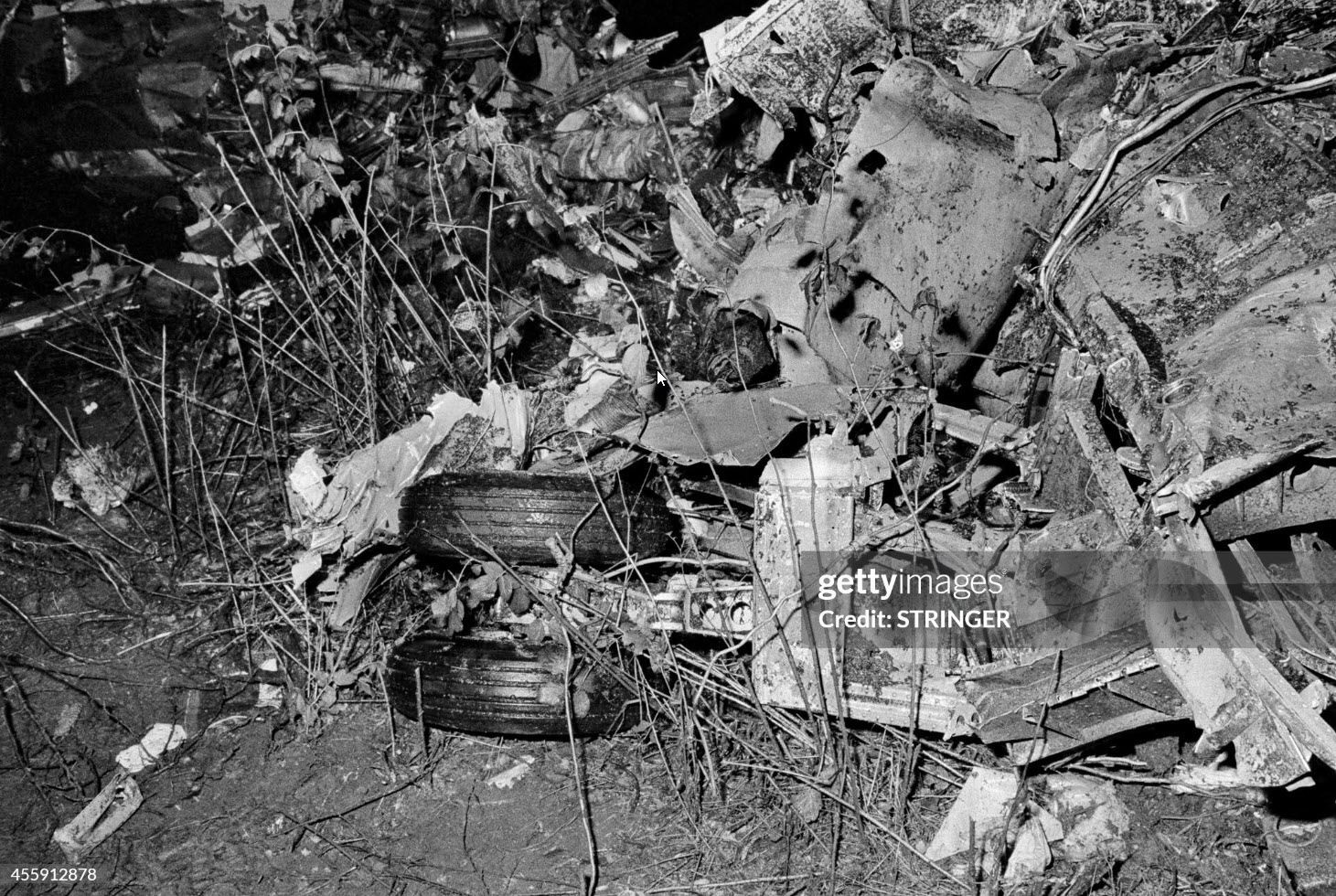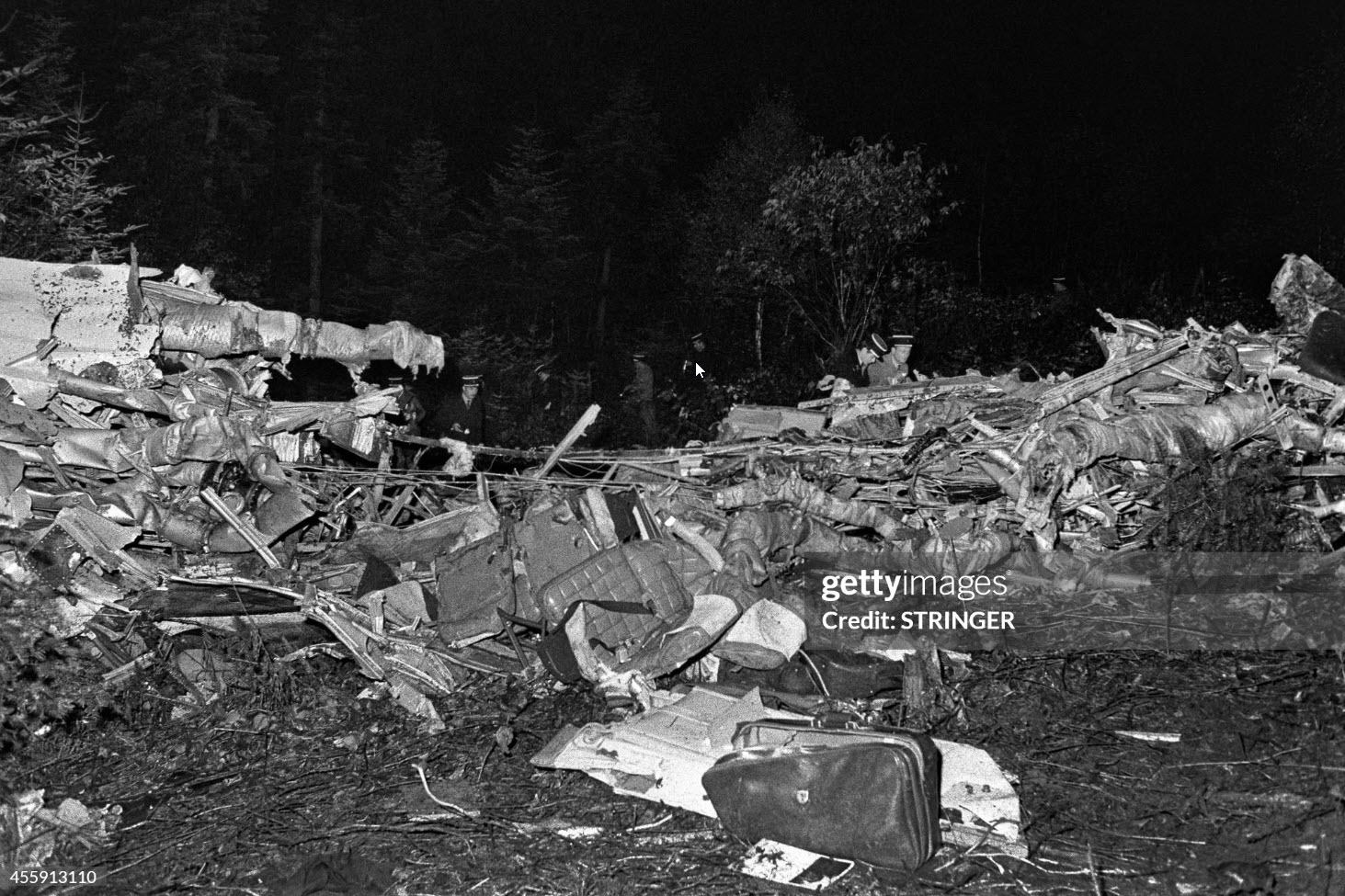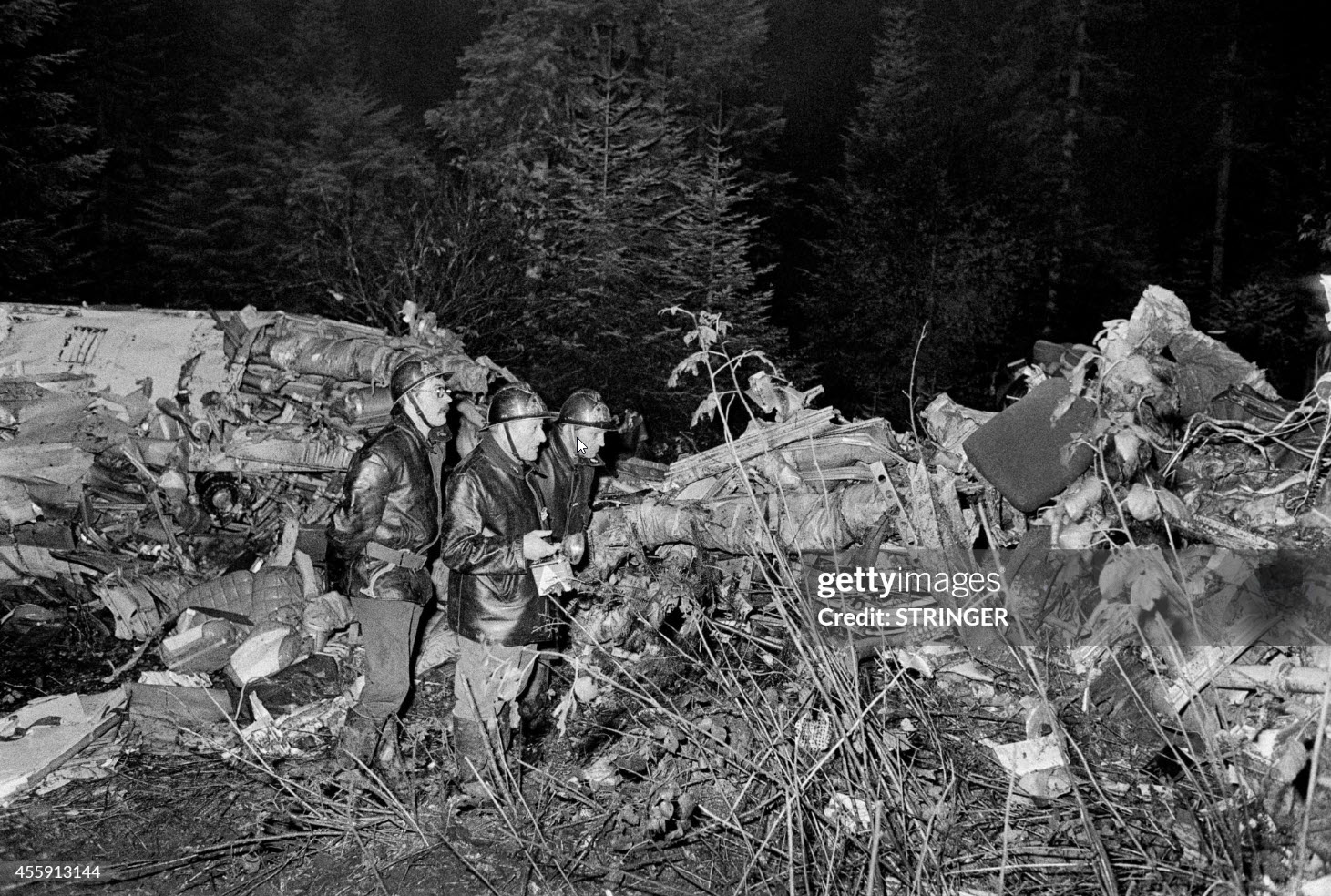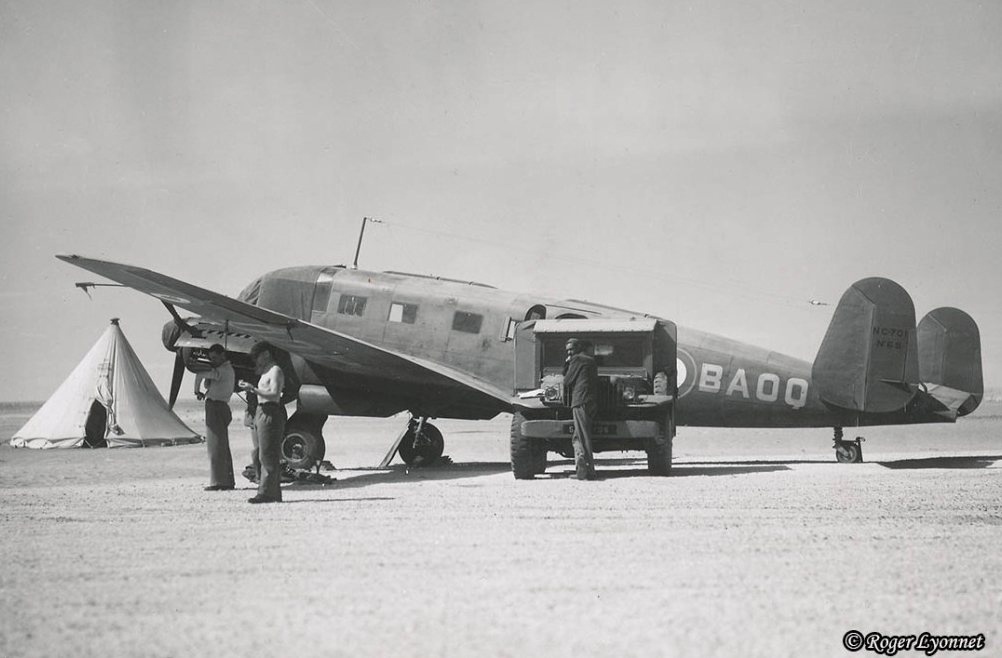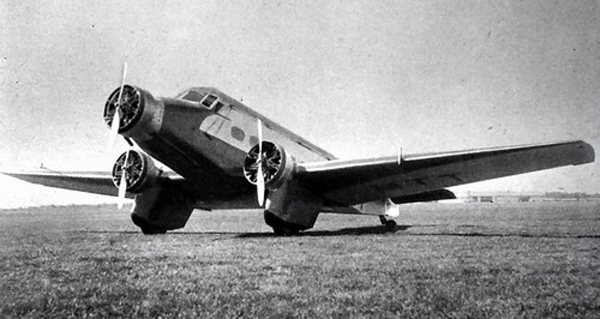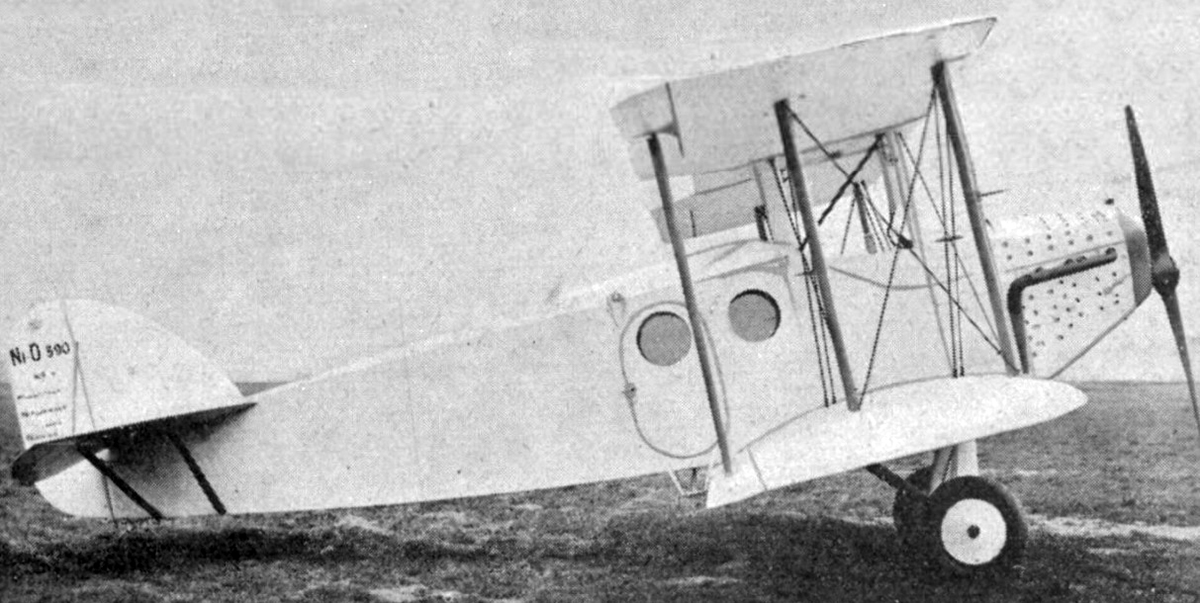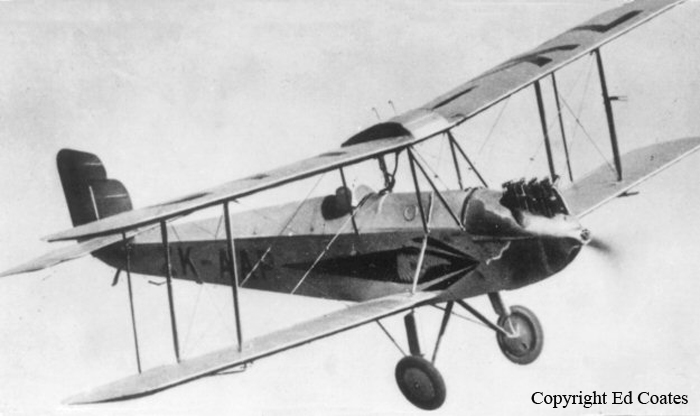Crash of a Caudron C.635 Simoun in Roanne: 1 killed
Date & Time:
Sep 6, 2002 at 0930 LT
Registration:
F-AZAM
Survivors:
No
Schedule:
Roanne - Roanne
MSN:
7863
YOM:
1937
Crew on board:
1
Crew fatalities:
Pax on board:
0
Pax fatalities:
Other fatalities:
Total fatalities:
1
Captain / Total hours on type:
193.00
Circumstances:
The pilot, sole on board, was completing a post maintenance check flight after the engine was subject to several modifications. After takeoff from Roanne-Renaison Airport, while climbing to a height of 300 feet, the pilot initiated a left turn in a relative flat attitude and followed a perpendicular trajectory from the runway. Suddenly, it collided with a weather pylon (8 meters high), overturned and crashed, bursting into flames. The aircraft was destroyed and the pilot was killed.
Probable cause:
The exact cause of the accident could not be determined with certainty. However, it was reported that the engine was running at near full power at the time of impact.
Final Report:
